Limelight hydrangeas are a popular choice for many gardeners, thanks to their stunning greenish-white blooms that add a touch of elegance to any garden. However, to keep these beautiful plants healthy and blooming, it’s important to know when and how to prune them. Pruning at the right time ensures your limelight hydrangeas have the best chance at producing a spectacular show of flowers every year.
Generally, the best time to prune your limelight hydrangeas is in late winter or early spring, before new growth begins. Doing so helps to promote a stronger, healthier plant and encourages more bountiful blooms in the warmer months. Make sure to remove any dead or damaged branches, and trim back some of the older stems to maintain the shape and size of your hydrangea shrubs. By following these pruning tips, you’ll be able to maintain the beauty and vitality of your limelight hydrangeas for years to come.
Understanding Limelight Hydrangeas
Growth Patterns and Seasonality
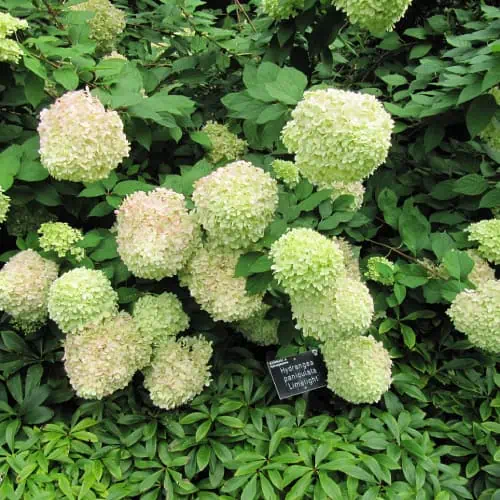
Limelight hydrangeas are a type of Hydrangea paniculata that bloom on new wood, meaning they produce flowers on the current season’s growth. To encourage healthy growth and blooms, it’s important to follow their natural growth patterns and seasonality:
- Early spring: This is when new growth begins and is an optimal time for pruning, allowing the shrub to focus on producing new wood.
- Summer: The limelight hydrangea typically starts budding in early summer and continues to bloom throughout the season.
- Fall: As the weather cools, the leaves and blooms will change colors, usually to a pinkish hue before dropping off.
Anatomy of the Limelight Shrub

The limelight hydrangea shrub exhibits several distinct features that enhance its appeal:
- Flowers: The large, conical flower clusters are a unique lime-green color that gradually changes to a cream shade as the season progresses.
- Leaves: The dark green leaves provide a stunning contrast to the lighter-colored flowers.
- Shape: Limelight hydrangeas have a rounded, dense shape, making them a popular choice for hedges or as specimen plants in the garden.
Optimal Conditions for Health and Blooms

To ensure your limelight hydrangea thrives and produces an abundance of blooms, pay attention to these key factors:
- Soil: These shrubs prefer well-draining soil that retains some moisture. Adding organic matter or compost can improve soil conditions.
- Watering: Hydrangeas require consistent watering, especially during dry periods. Make sure to water deeply once or twice a week.
- Sunlight: For the best blooms, plant your limelight hydrangea in a location that receives at least six hours of sunlight per day, preferably morning sun.
- Fertilizer: Applying a balanced, slow-release fertilizer in early spring can promote healthy growth and blooms. Be cautious not to over-fertilize, as this can encourage excessive foliage growth at the expense of flowers.
By understanding the growth patterns, anatomy, and optimal conditions for your limelight hydrangea, you will be well-equipped to nurture a thriving and beautiful addition to your garden.
Pruning Techniques and Timing
When to Prune Limelight Hydrangeas
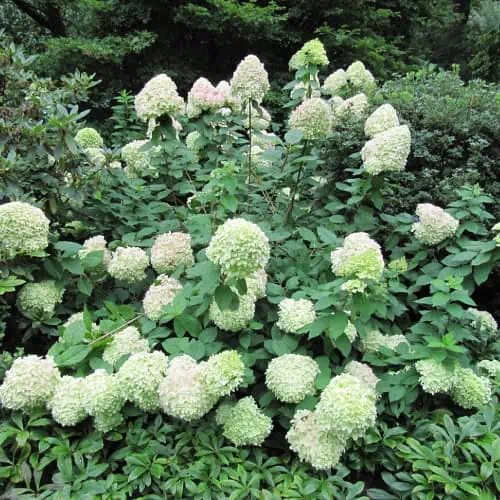
Limelight hydrangeas are a type of panicle hydrangea that blooms on new growth, so it’s essential to prune them at the right time. For best results, prune your limelight hydrangeas during late winter or early spring, as this allows new growth to take place before the blooming season starts. Keep an eye on the weather and avoid pruning during very cold spells as this may cause damage to the plant.
How to Prune for Shape and Size
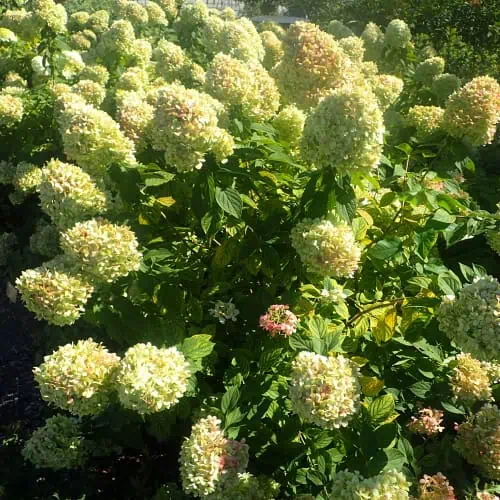
To prune your limelight hydrangeas for shape and size, follow these steps:
- Remove dead or damaged wood: Look for branches that appear diseased, damaged, or dead, and remove them with a pair of pruning shears. This promotes healthy growth for the plant.
- Control the height and width: Determine the desired height and width for your hydrangea and make cuts just above a healthy bud to trim it down. Keep in mind that trimming too much may affect the number of blooms.
- Encourage branching: Cut just above a bud on the branch to encourage the growth of new branches, leading to a fuller, more vibrant hydrangea.
Maintenance Pruning vs. Heavy Pruning
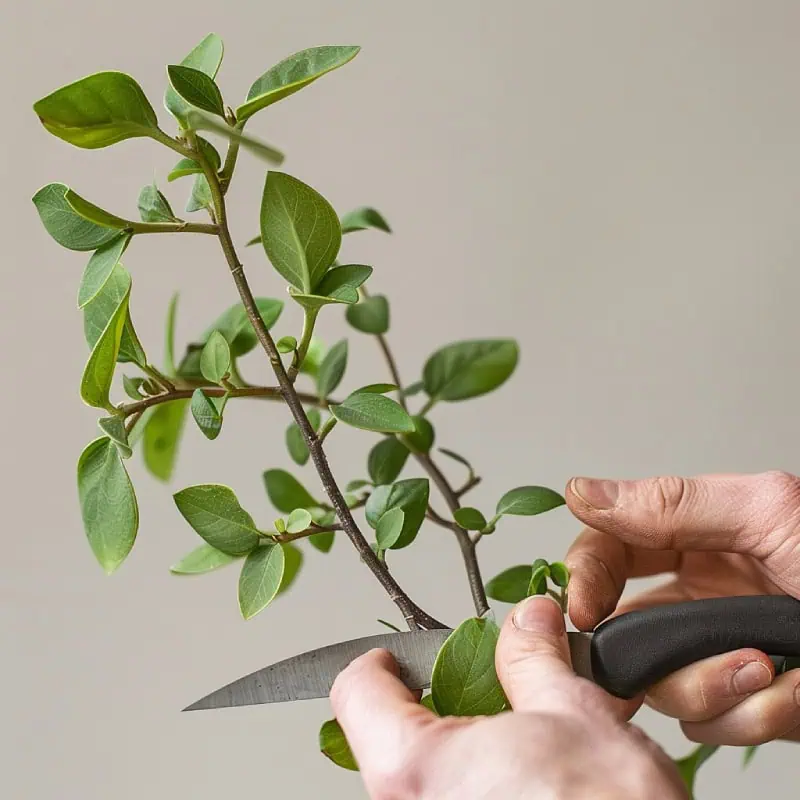
- Maintenance pruning: This type of pruning focuses on keeping the hydrangea healthy and looking its best throughout the growing season. Regularly remove dead or damaged branches, deadhead spent flowers, and trim back any overgrown areas. Maintenance pruning helps prevent disease and keeps your hydrangea looking neat and tidy.
- Heavy pruning: Heavy pruning involves more drastically cutting back your limelight hydrangea. This is typically done to rejuvenate an older plant that has become too large, overgrown, or has significantly reduced blooms. In this case, prune your hydrangea back to a healthy set of buds, leaving only a few inches above the ground. This type of pruning should be done in late winter or early spring.
Keep in mind that the right pruning technique for your limelight hydrangea depends on its current state and your desired outcome. Always use sharp, clean pruners to avoid damaging the plant and spreading disease. Happy pruning!
Caring for Your Limelight Hydrangeas
Watering and Fertilizing Routines
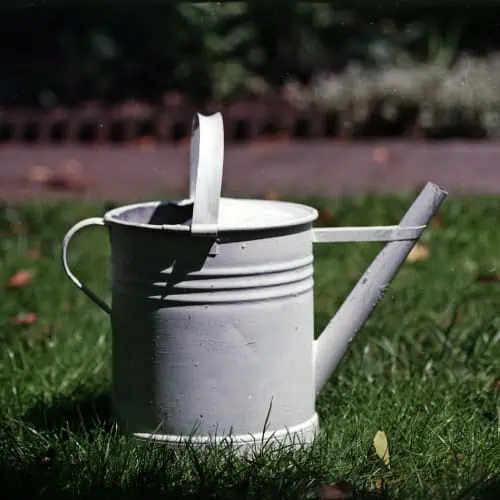
Caring for your limelight hydrangeas involves paying attention to the specific needs of the plant, including proper watering and fertilization practices. Keep these points in mind:
- Planting: Choose a well-draining spot in your landscape to ensure the root system receives adequate moisture.
- Watering: Hydrangeas need consistent watering to prevent stress, especially during the first few years as they establish their root system.
- Fertilizing: Apply a light fertilization in the spring, using a slow-release, balanced fertilizer.
Protecting From Pests and Diseases
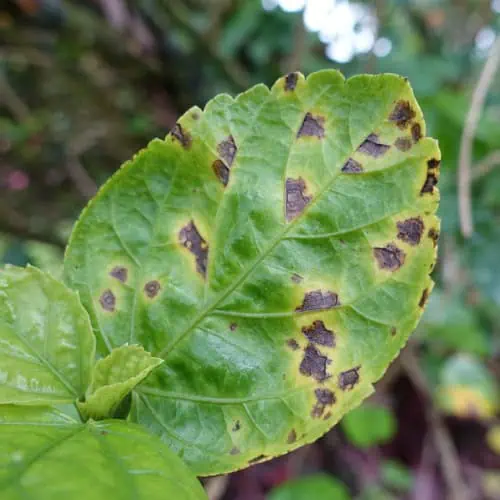
To maintain the overall health of your limelight hydrangeas, monitor and protect them from pests, diseases, and other stress factors. Some common issues to watch out for include:
- Fungal diseases: Powdery mildew, leaf spot, and bud blight are common threats. To prevent these, choose an airy spot for planting and follow a regular watering schedule.
- Bacterial diseases: Keep your hydrangeas healthy by using organic materials for mulching and avoiding over-fertilization.
- Pests: Aphids, spider mites, and scale insects can infest your hydrangeas. Monitor them closely, and treat them with environmentally friendly solutions if necessary.

